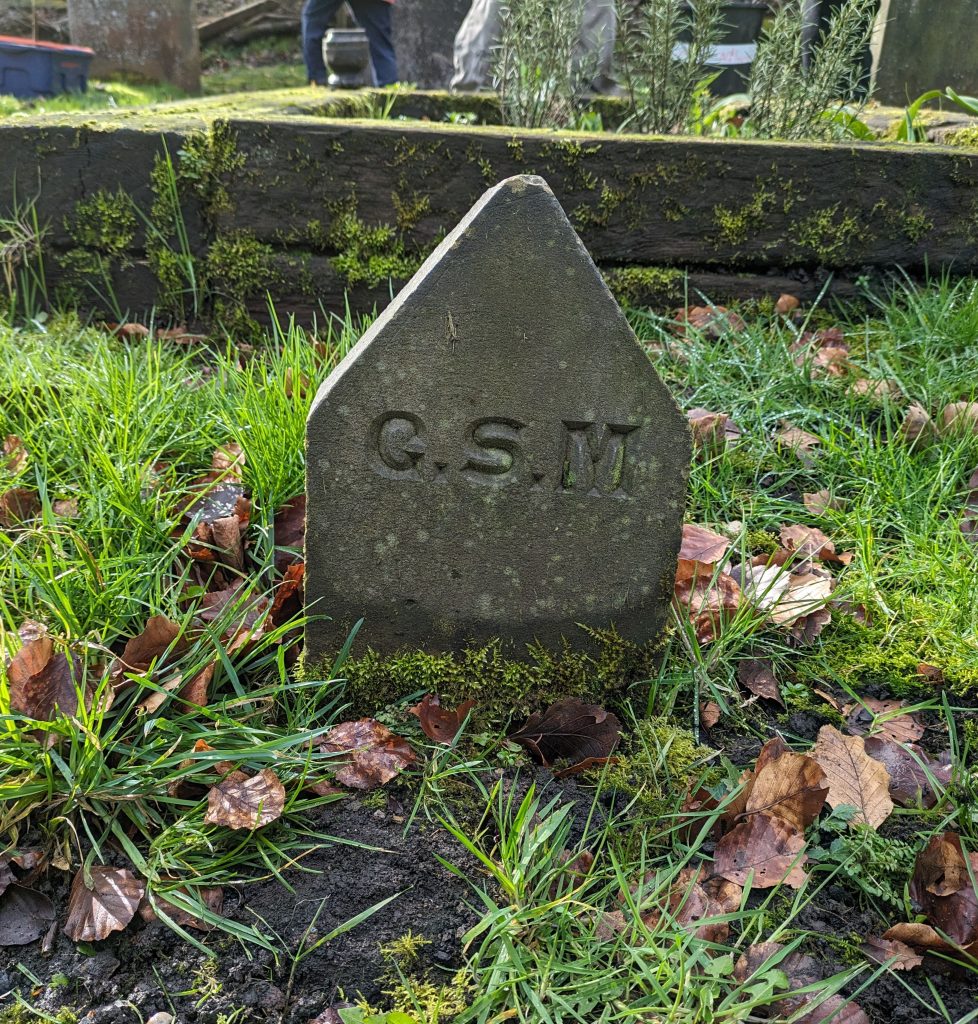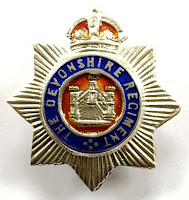This Blog contains a number of posts about graveyards in Calderdale where Hileys/Highleys are buried.
There are over 30 such graveyards, several containing just a single Hiley/Highley grave. Most of the graveyards are accessible with a plan available, so it is usually possible to locate all the graves of interest.
But the graveyard at Bolton Brow Chapel in Sowerby Bridge is now completely overgrown and inaccessible so that it was not possible to find the two Hiley graves there.
.jpg) |
| Graveyard on the left of the path |
Below is a map of the graveyard, situated to the left of the chapel between Rochdale Road and the canal. The two Hiley graves are next to each other - R11 and Q11. FH stands for Firth Highly, KHW stands for Kitson Hiley Walsh.
IN MEMORY OF PRISCILLA HILEY OF KINGS CROSS WHO DIED OCTOBER 10th 1846 IN HER 16th YR ALSO OF HARRIET DAUGHTER OF GEORGE AND SARAH ANN WALSH WHO DIED JUNE 25th 1865 AGED 18 YRS ALSO OF THE ABOVE GEORGE KITSON WALSH W WHO DIED AUGUST 11th 1872 AGED 54 YRS ALSO SARAH ANN RELICT OF THE ABOVE GEORGE KITSON WALSH WHO DIED OCTOBER 9th 1894 AGED 71 YRS "FOR SO HE GIVETH HIS BELOVED SLEEP"
- THOMAS FIRTH OF BOLTON BROW WHO DIED THE 28th MAY 1850 AGED 19 YEARS ............... ALSO FANNY RELICT OF THE ABOVE ABRAHAM FIRTH WHO DIED THE 24th DAY OF APRIL 1853 AGED 75 ........... ALS0 HANNAH WIFE OF THE ABOVE BENJAMIN HIGHLY WHO DIED AUGUST 23rd 1879 AGED 77 YEARS
Hannah's husband Benjamin was the son of John Hiley and Mary (nee Shaw). Her parents were Fanny and Abraham Firth. The transcription above does not include details of Benjamin and Abraham so maybe the gravestone was partly illegible.
- Benjamin and Hannah were married in 1851. The couple lived in Skircoat, Halifax. Benjamin worked as a woollen weaver and died in 1876.
(with thanks to Calderdale Family History Society for the two memorial inscriptions)



















































